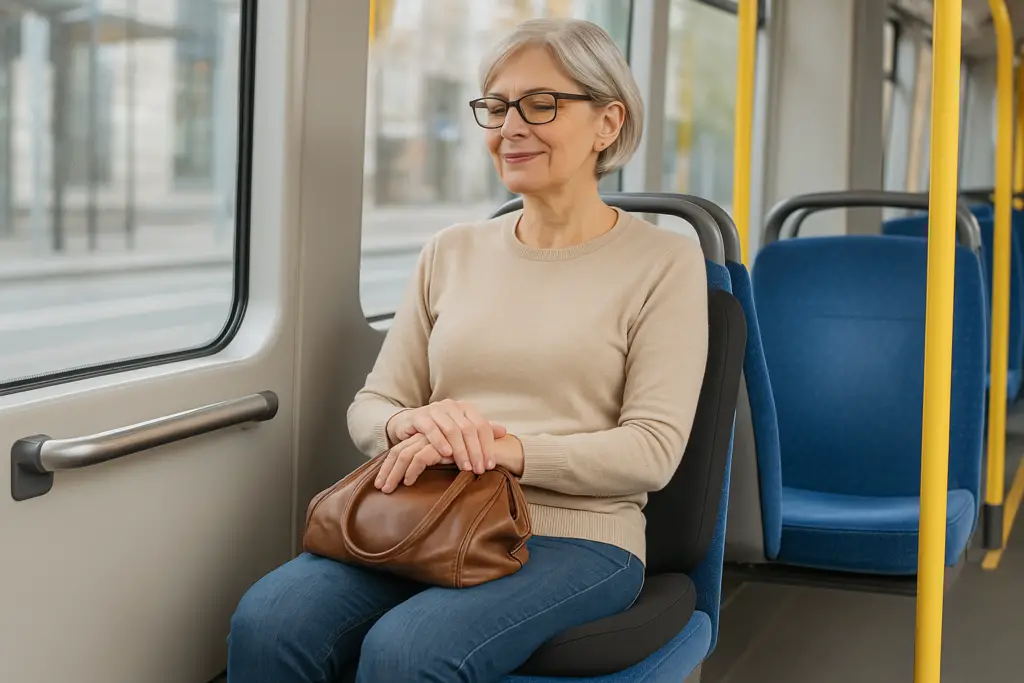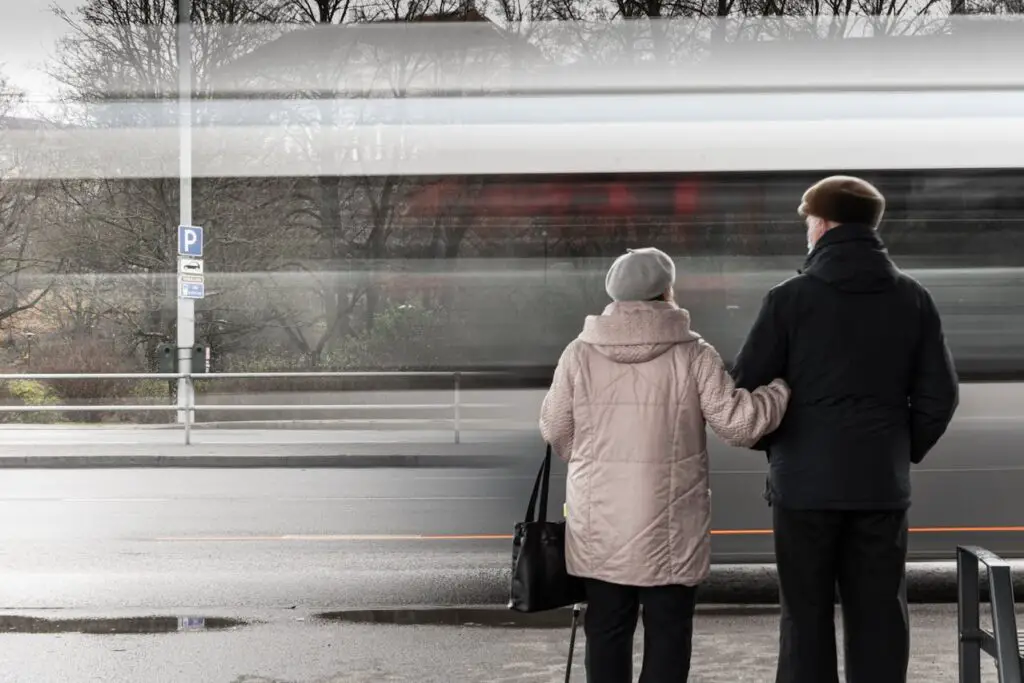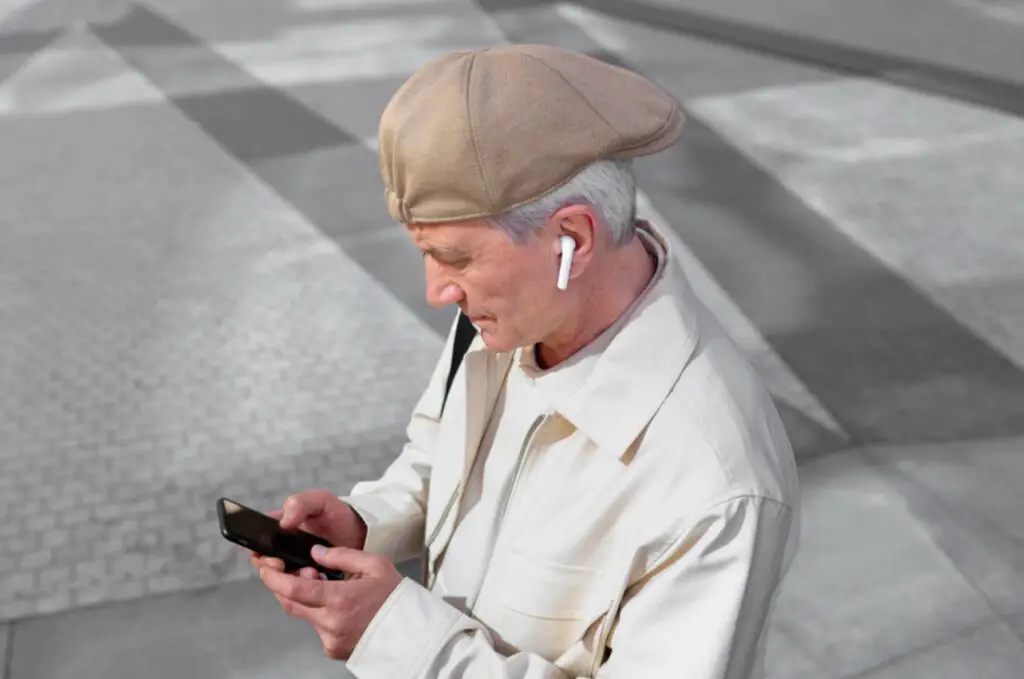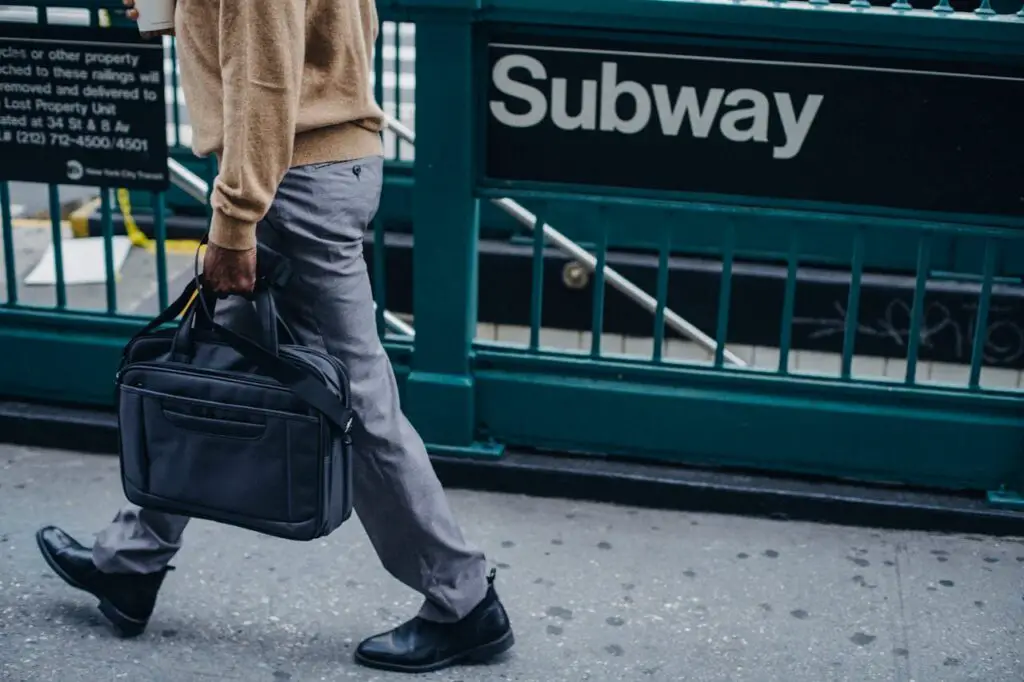9 Easy Ways to Make Your Daily Commute More Comfortable After 50

Let’s be honest—commuting rarely ranks high on anyone’s list of favorite daily activities. For baby boomers especially, dealing with bumper-to-bumper traffic, crowded trains, or long bus rides can be taxing on both your patience and your joints. Whether you’re still working full- or part-time, volunteering, or simply navigating town on errands, a more comfortable commute can set a positive tone for your entire day.
Thankfully, you don’t need a brand-new vehicle or a total schedule overhaul to make things better. A few thoughtful tweaks to your routine and environment can turn your daily travels into a smoother, more enjoyable experience.
Here are 9 easy ways to make your daily commute more comfortable, especially if you’re over 50 and looking for smart, age-friendly solutions.
1. Invest in Supportive Seat Cushions and Back Support

Back pain is a common issue as we age, and sitting for long stretches during your commute doesn’t help. Whether you drive yourself or ride the bus or train, investing in a good seat cushion or lumbar support can do wonders. Look for memory foam or orthopedic designs that contour to your body and reduce pressure on your spine and hips. Some even have built-in cooling gel to help regulate temperature—perfect for those summer days when your car seats feel like frying pans. These cushions are usually portable and affordable, making them a simple upgrade with a big payoff.
2. Create a Personalized Audio Playlist or Podcast Routine

Turning your commute into a personal entertainment zone can help it feel less like a chore and more like your “me-time.” Instead of flipping through annoying radio commercials, try creating playlists with your favorite tunes from the ’60s, ’70s, or even the smooth jazz you’ve grown to love. Podcasts are another great option—they keep your mind engaged and can even make you laugh, learn, or relax during the ride. Whether you’re into true crime, history, or guided meditations, there’s something for everyone. Apps like Spotify, Audible, or Apple Podcasts are easy to navigate and offer a world of content just a tap away.
3. Keep a Commuter “Go Bag” Packed With Essentials

Ever been stuck in traffic without a bottle of water or caught in the rain without an umbrella? A small, thoughtfully packed commuter bag can be a game-changer. Fill it with must-haves like snacks, tissues, hand sanitizer, lip balm, sunglasses, a small first aid kit, a portable phone charger, and even a spare pair of reading glasses. If you use public transportation, toss in a small umbrella or foldable seat cover for added comfort. You’ll feel more at ease knowing you’re prepared for whatever curveballs the commute throws your way.
4. Dress in Layers for Maximum Comfort

Temperatures can swing wildly from the car to outside to inside a bus or train—and all within a 30-minute span. That’s why layering is key. Light, breathable layers let you adjust quickly without sweating or shivering through your commute. A zip-up fleece or a lightweight cardigan can be easily removed if it warms up, and a scarf can double as a neck pillow in a pinch. Choose comfortable, flexible fabrics that allow you to move freely and help regulate your body temperature without fuss.
5. Use Bluetooth and Hands-Free Tech Safely

If you’re still commuting by car, upgrading to a hands-free Bluetooth setup is not just convenient—it’s safer. Newer cars often come equipped with this technology, but even if yours doesn’t, you can find affordable Bluetooth adapters or speakerphones that plug right into your dash. With hands-free tech, you can take calls, ask for directions, or change the music without taking your eyes off the road. It helps reduce distractions and keeps you connected while focusing on what matters most—getting to your destination safely.
6. Upgrade Your Footwear—Your Feet Will Thank You

Whether you’re walking to the train station or standing on the bus, the right shoes can make a big difference. Comfortable, supportive footwear is essential for reducing foot, knee, and lower back strain. As we age, the padding in our feet naturally thins out, making every step feel more impactful. Look for cushioned soles, arch support, and a snug but non-restrictive fit. Brands like Skechers, New Balance, and Orthofeet offer styles that are both supportive and stylish. And here’s a tip: keep an extra pair of shoes in your car or bag—you never know when you’ll need a switch.
7. Build in Buffer Time to Avoid Rushing

Few things are more stressful than being stuck in traffic with the clock ticking or barely making it to your train. The solution? Leave earlier than you think you need to. Even 10–15 extra minutes can drastically lower your anxiety and give you more wiggle room for unexpected delays. This is especially helpful if you’re dealing with unpredictable traffic patterns or construction. Arriving early can also give you a chance to stretch, grab a coffee, or take a breath before starting your day. It’s a small shift that creates a big sense of calm.
8. Practice Mindful Breathing or Light Stretching

Long commutes can lead to stiffness and tension, especially if you’re sitting still for 30 minutes or more. Light stretching or simple breathing exercises can help keep your body and mind feeling fresh. While you’re stopped at a light, try deep belly breathing or gentle shoulder rolls. If you’re on a train or bus, discreet seated stretches like ankle circles or neck tilts can promote circulation and ease tight muscles. You don’t have to be a yoga expert—just a few mindful movements can make a noticeable difference.
9. Rethink Your Route or Mode of Transportation

If your commute has become a daily grind, maybe it’s time to explore other options. Could you leave 30 minutes earlier or later to miss peak traffic? Is there a back road that’s longer but less stressful? What about carpooling with a friend, or even trying part of the trip by bike if you’re feeling adventurous? For some, remote or hybrid work may even be an option worth pursuing. Don’t be afraid to experiment. You may discover that a simple shift in timing or direction turns a frustrating commute into a manageable—even enjoyable—part of your day.
Final Thoughts

As we age, comfort and convenience become more important—and that includes how we get from point A to point B. The good news is, you don’t need a complete lifestyle overhaul to improve your daily commute. With the right mindset and a few strategic upgrades, even a rush-hour slog can become a smoother, calmer, and more comfortable experience.
Whether it’s a seat cushion that saves your back, a podcast that makes you laugh, or just leaving home ten minutes earlier, these small changes can add up to a big difference.
So next time you grab your keys or tap your bus pass, take a deep breath, relax your shoulders, and remember—you’ve got the tools to make your commute work for you, not against you.
Leave a Reply